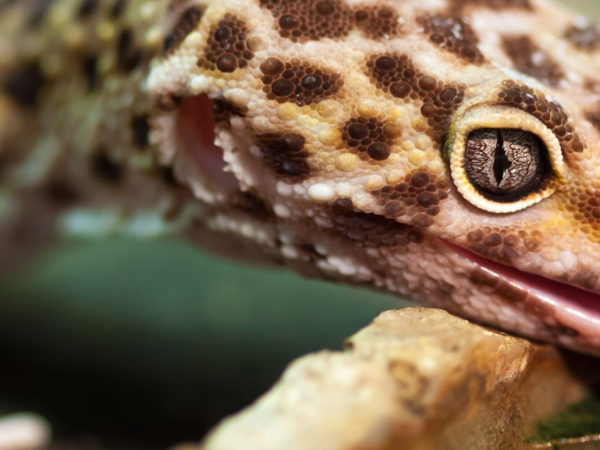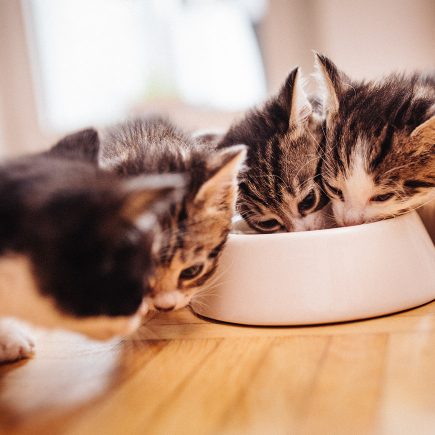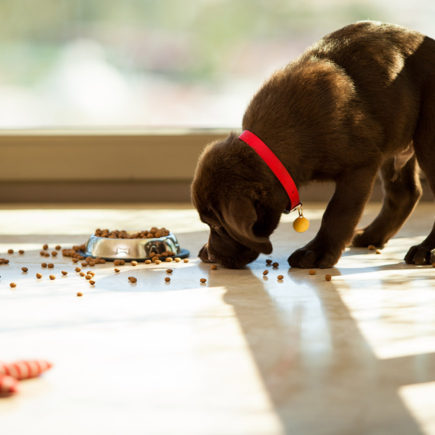
Snake and salmonella
25 October 2013
The fact that Salmonella and reptiles go together is old news. I often get questions about testing reptiles to see if they areSalmonella carriers and I tell people not to bother since even with a negative result, I’d consider the animal to be positive. A recent study in the Journal of Zoo and Wildlife Medicine (Goupil et al 2012) provides more evidence for this.
This study involved testing 12 snakes used in a public educational program, by sampling them weekly for 10 weeks. Here are the highlights:
- 11/12 snakes were positive at least once.
- 58% of snakes were positive on 5 or more weeks.
- On a weekly basis, between 25-66% of snakes were positive.
- Fifteen (!) different types of Salmonella were identified. Nine snakes shed 2 or more different Salmonella types over the study period.
- Two samples from feeder rodents were also positive.
This shows nicely how a single negative sample doesn’t guarantee that a snake is truly negative. It also shows how common Salmonella is in snakes. The positive cultures from the feeder mice aren’t surprising either, but shows that even if a snake was truly Salmonella negative, it could be exposed at any time through its food, and that there is potential public health risk from contact with feeder mice (something that large international outbreaks of human infection from infected feeder mice have shown).
This study just reinforces some key concepts:
- Assume all snakes are Salmonella carriers.
- Use good hygiene practices around snakes and feeder rodents.
- Keep snakes away from high risk individuals (e.g. the very young, elderly, pregnant, immunocompromised).
- Don’t waste your money testing your snake for Salmonella. Focus your efforts on smart and practical management practices.
More information about reptiles and Salmonella can be found on the Worms & Germs Resources – Pets page.







